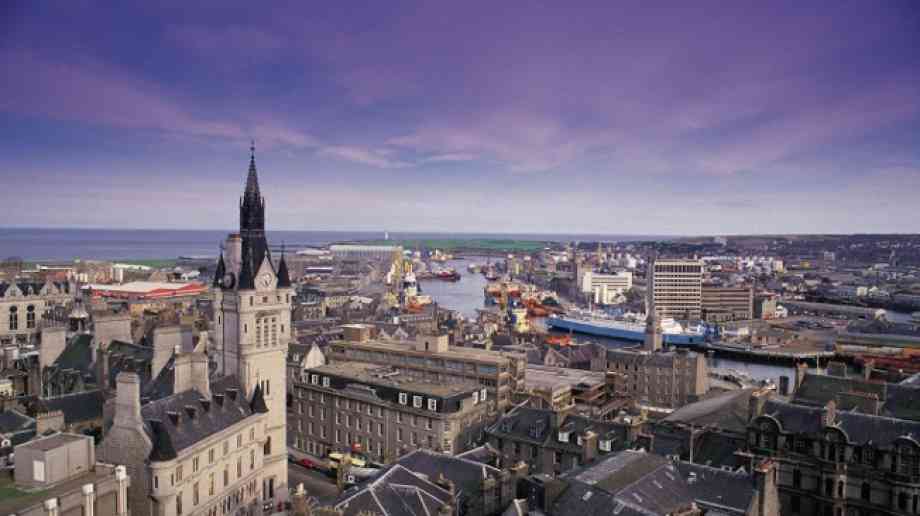Sue Robb of 4Children talks to Julie Laughton and Alison Britton from the Department for Education about the role of childminders in delivering the 30 hours free entitlement.
Most-polluted streets see improvements in Scotland

New figures indicate that air pollution on Scotland's most-polluted streets has dropped massively since the coronavirus-enforced lockdown began.
Although campaigners have warned against viewing short-term improvements as a ‘silver lining’ in the pandemic, the new data from Air Quality Scotland found an average drop of 46 per cent in nitrogen dioxide (NO2) on Scotland's most-polluted streets, with some falling by as much as 63 per cent. NO2, released from car exhausts, is a serious air pollutant and indirectly contributes to global warming.
Last year, five streets in Scotland breached the legal limit of an average 40 micrograms of NO2 per cubic metre (ug/m3). All five streets have seen reductions since lockdown came into force on 23 March, compared with the same period last year.
Levels of nitrogen oxide (NOx) have also seen a dramatic reduction.
Friends of the Earth Scotland said any short-term improvements which come at an ‘enormous human and economic cost’ would not bring many health benefits. The charity has called for a change to the transport system and ways of working to reduce pollution after lockdown, which could also alleviate some of the underlying conditions which make people more vulnerable to diseases such as coronavirus.
Company Focus
Located in Bromley, Japanese Knotweed Eradication Ltd has been providing solutions in the treatment and removal of Japanese Knotweed (Fallopia Japonica) for over a decade. During this time we have mastered a repertoire of methods, from herbicidal treatments to landscaping solutions, tailored to address the unique challenges our clients face with this pervasive weed.
Event Diary
UKREiiF has quickly become a must-attend in the industry calendar for Government departments and local authorities.
The multi-award-winning UK Construction Week (UKCW), is the UK’s biggest trade event for the built environment that connects the whole supply chain to be the catalyst for growth and positive change in the industry.
Supplier Profiles
Geo Energy
At GeoEnergy Design, we're on a mission to disrupt the traditional way heating and cooling ha
Latest Features
Professor Harith Alani, director of the Knowledge Management Institute at the Open University explains how AI can be used for good and bad.
Alex Lawrence, head of health & social care, techUK sets out techUK’s Five Point Plan for CareTech.

















